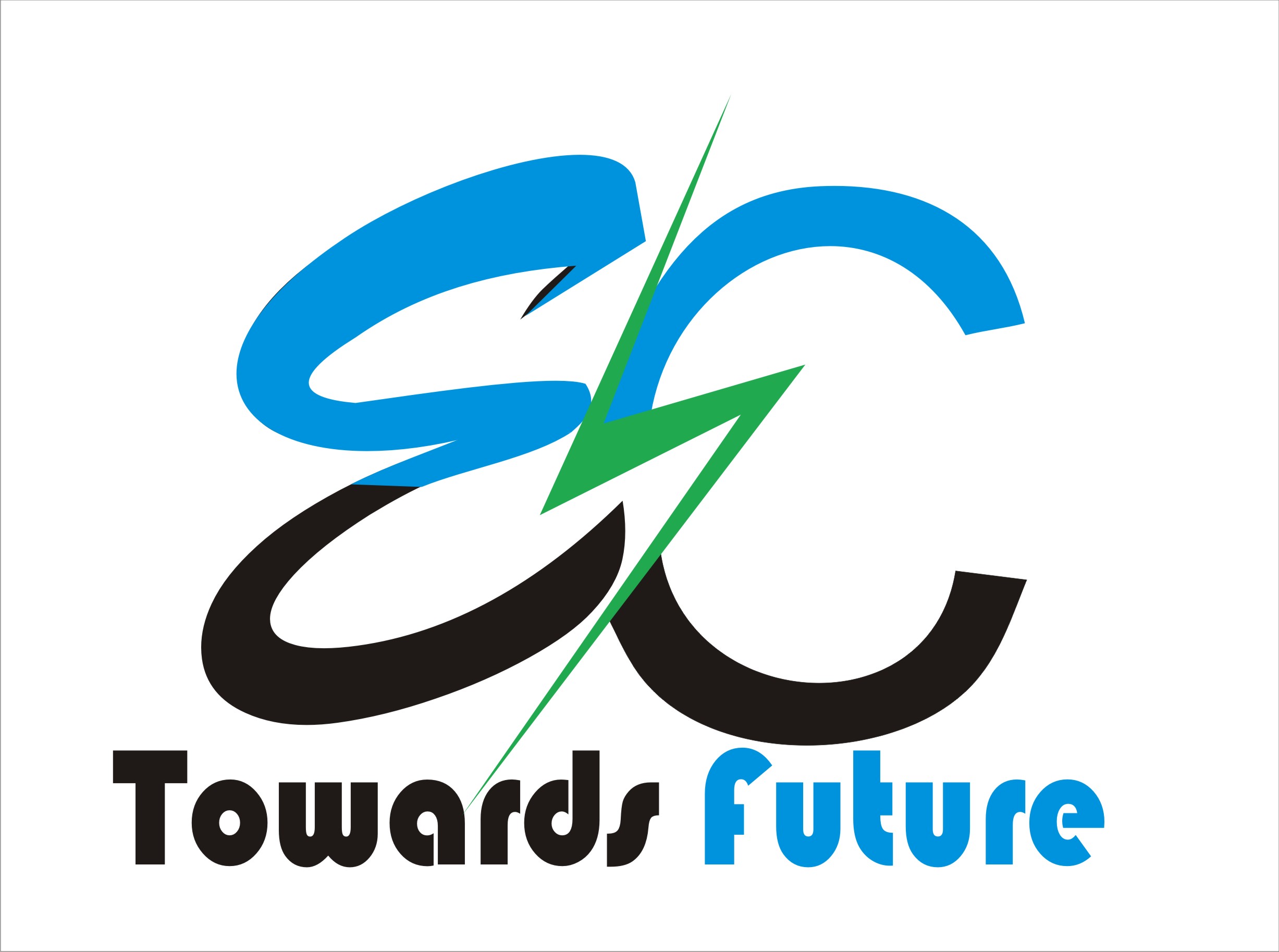Switzerland has long seemed a bit of an outlier among the electrifying nations of Europe. I’ve seen EVs on Swiss roads since I first visited the country in the early 1990s, and I’ve seen their numbers grow in my frequent travels in the country, but in recent years, adoption of modern EVs has been modest compared to hotspots such as Norway, the Netherlands and the UK.
Lately, however, the voltage seems to have increased. According to Best-Selling-Cars.com, as of 2024, BEVs in the Alpine country boasted a 19% market share—roughly equivalent to that of the UK, France and Austria, and comfortably ahead of Germany (14%) and Italy (4%).
European brands dominate the product mix, but models from BYD and other Chinese brands are starting to show up.
Switzerland has no domestic OEM auto industry, but it is home to many automotive suppliers. We’ve covered several of these in Charged, including battery manufacturer Leclanché, connector specialist Staubli and cable maker BRUGG, to say nothing of ABB, a Swedish/Swiss concern that’s one of the world’s best-known EVSE suppliers (and whose ad banners celebrating electrification greet visitors to the Zurich airport).






Swiss transport firms and fleet operators have been testing and piloting EV technology for many years. In 2020, Hyundai announced plans to pilot 50 fuel cell heavy-duty trucks with Swiss fleet customers, but the project fell apart when it turned out green hydrogen wasn’t available.
A happier tale: Designwerk Technologies, based in the Swiss city of Winterthur, makes a DC fast charging station for commercial EVs that’s packaged in a container format. The battery-buffered charging station, which is compatible with the new Megawatt Charging System, is currently in pilot operation with Swiss logistics provider Galliker Transport, a century-old family-run firm. Galliker Transport uses the Stationary Mega Charger to charge heavy e-trucks like the Mercedes eActros.
Switzerland has one of the most comprehensive and modern public transit systems in the world. Electric trams and trolleybuses are common, and battery-electric buses are steadily replacing diesels on non-electrified bus lines.
Swiss Post’s fleet includes 1,100 delivery vans and 6,000 three-wheeled electric scooters, and the publicly-owned company has committed to electrifying all its delivery vehicles by 2030. (This is no greenwash—you can follow the progress of the rollout on an interactive map.)
Furthermore, Swiss Post recently began a V2G pilot.
The Swiss would seem to be temperamentally disposed to go electric. They are famously thrifty, but not cheap—they readily open their portemonnaies for high-quality products—and they tend to enthusiastically adopt new technology. It’s also worth mentioning that the Swiss railway system, the world’s second-most dense (after Japan) has been 100% electrified since the mid-20th century (and is now powered by 100% renewable energy,) so the Swiss are well acquainted with modern electric propulsion.
Why, then, is Switzerland not a second Norway? Well, by all accounts the secret of Norway’s electric success is comprehensive and consistent government support, which Swiss EV buyers have never had. The federal government has not provided purchase incentives of the kind that were until recently available in the US. It used to offer an exemption from the 4% auto import tax, but this program ended at the beginning of 2024. Switzerland features a highly devolved form of democracy, and the rationale seems to have been that incentivizing EVs is up to the individual cantons (states). Some of these offer modest tax breaks, as do some cities, electric utilities and other private firms.
The federal government has invested in EV-related research and charging infrastructure to a certain extent, and the Swiss also enjoy substantial subsidies for solar power installations. However, in general, EVs have had to sell themselves to car buyers on their economic and environmental merits alone. Now that EV prices are nearing parity with those of legacy vehicles, and the selection of available models has greatly expanded, will we see adoption rates rise?
When it comes to charging infrastructure, Switzerland seems already to be well-endowed. The number of public charging points continues to grow at a steady rate, and when it comes to the number of public chargers relative to the number of EVs, Helvetia is near the front of the pack, far ahead of the US (and, oddly, Norway). Charging networks include GOFAST, MOVE and Shell’s evpass.
My personal anecdotal evidence seems to bear out the idea that public charging installations have gotten a little ahead of the market. My eagle eye spots a lot of public chargers on my travels, and I seldom see an EV charging, but I often see EVs parked near unoccupied public chargers. Are the Swiss shy of plugging in in public?
I’ve found no data on public charging utilization rates, but I shall indulge in a bit of informed speculation. In a small and densely populated country, short driving distances may moderate the demand for DC fast charging. As for AC chargers, there are plenty to be found in strategic spots like shopping centers and train stations, but Swiss consumers haven’t been conditioned to expect “free” stuff as we Americans have, so charging is usually to be paid for. Opportunity charging is a wonderful thing, but why pay for electrons that you can buy more cheaply at home? On a recent visit to a Swiss grocery store, I saw half a dozen EVs in the parking lot, but none taking advantage of the two Level 2 chargers provided.


